Dr. Saphier praises Olivia Munn's message on breast cancer risk after shock diagnosis
Fox News contributor Dr. Nicole Saphier joined 'Fox & Friends' to discuss Munn's message after her surprising diagnosis and what she considers the 'Achilles' heel' of the American health system.
Olivia Munn claims that her breast cancer risk-assessment score helped save her life.
The actress, 43, shared on social media this week that the score helped detect her breast cancer just months after she had a negative mammogram and tested negative on several genetic tests.
The high-risk score prompted Munn’s physician to send her for further evaluations — including an MRI and ultrasound that detected cancer in both breasts, according to her Instagram post on Wednesday.
OLIVIA MUNN DIAGNOSED WITH BREAST CANCER
"She discovered my lifetime risk was at 37%," Munn wrote.
"Because of that score, I was sent to get an MRI, which led to an ultrasound, which then led to a biopsy. The biopsy showed I had Luminal B cancer in both breasts. Luminal B is an aggressive, fast-moving cancer."
What is the breast cancer risk assessment score?
While there are several risk assessment tools available to patients and physicians, the breast cancer risk assessment tool (BCRAT) is one of the most common.
The BCRAT is based on a statistical model known as the ‘Gail Model,’ named after Dr. Mitchell Gail, an NIH Distinguished Investigator at the National Cancer Institute, according to an NCI spokesperson.
The test, which takes about five minutes to complete, helps predict a female’s risk of developing an invasive breast cancer within the next five years and up to 90 years of age, according to the National Cancer Institute (NCI).

John Mulaney and Olivia Munn attend the 2024 Vanity Fair Oscar Party on March 10, 2024 in Beverly Hills, California. Munn claims that her breast cancer risk assessment score helped save her life.
BCRAT calculates the woman’s "absolute breast cancer risk," which the organization defines on its website as the "chance or probability of developing invasive breast cancer in a defined age interval."
The risk calculator tool looks at several factors, including age, race, medical history and reproductive history.
It also looks at the presence of a family history of breast cancer among first-degree relatives, such as mothers, sisters and daughters.
MOST WOMEN DIAGNOSED WITH EARLY BREAST CANCER WILL SURVIVE BEYOND 5 YEARS, STUDY FINDS
The information is then calculated.
A five-year risk score of 1.67% or more is considered high-risk, and a health care provider may recommend certain medications to decrease the chances of developing cancer, according to Cleveland Clinic’s website.
Dr. Nicole Saphier, M.D., board-certified breast imaging radiologist and associate professor at Memorial Sloan Kettering Cancer Center in New York City, recommends individual risk assessments to her referring clinicians and patients.
"Olivia Munn’s doctor may have saved her life by doing so," Saphier said in a statement to Fox News Digital.

Dr. Nicole Saphier, M.D., board-certified breast imaging radiologist and associate professor at Memorial Sloan Kettering Cancer Center in New York City, said she recommends individual risk assessments to her referring clinicians and patients. (Fox News)
"While a standard mammogram is sufficient for nearly half of all women, many others will benefit from adding an ultrasound or MRI based on breast density and various other factors that may make someone higher risk."
Less than 5% of all women diagnosed with breast cancer will have cancer in the contralateral (opposite) breast, Saphier pointed out.
"Olivia Munn was one of those rare cases."
ANNUAL BREAST CANCER SCREENINGS LINKED TO LOWER RISK OF DEATH, STUDY FINDS
Dr. Ruth Oratz, a breast medical oncologist at NYU Langone Health’s Perlmutter Cancer Center in New York City, told Fox News Digital that if a patient uses the risk assessment herself and finds that she is at increased risk of breast cancer, she should discuss this with her physician.
"The doctor can then do a more detailed evaluation as to her breast cancer risk," Oratz said.
"For example, if there is a family history of breast cancer, then the patient may be referred for genetic testing. This information may give a more specific evaluation of the patient’s risk of breast, or even other types, of cancer."
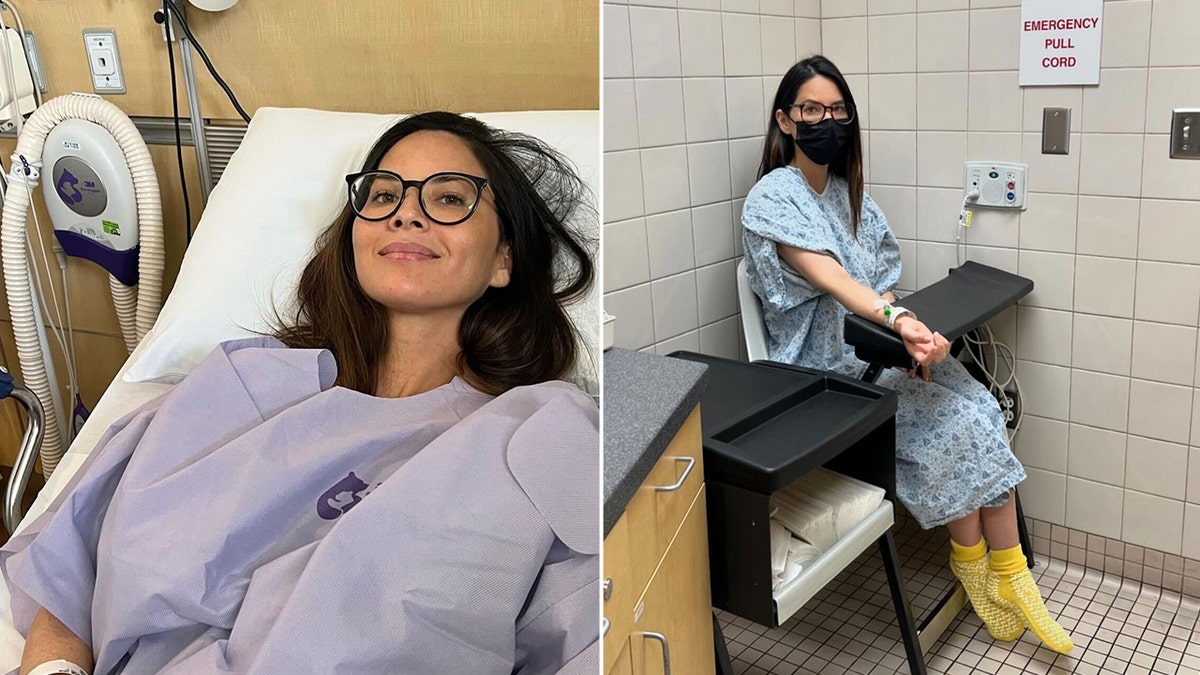
Less than 5% of all women diagnosed with breast cancer will have cancer in the contralateral (opposite) breast — which means Olivia Munn's case was rare, a doctor noted. (Instagram: Olivia Munn)
Another breast cancer specialist told Fox News Digital that the risk of cancer could vary widely among women.
The average woman’s risk is approximately 10% to 12% at the lowest end of the spectrum, according to Dr. Elisa Port, chair of breast surgery for The Mount Sinai Health System and director of the Dubin Breast Center in New York City.
"By contrast, the highest identifiable risk is associated with BRCA mutation carriers," she told Fox News Digital in a statement.
"For them, the risk of getting breast cancer can be as high as 60% to 80%."
She added, "Women who are not genetic mutation carriers might still be at increased risk of getting breast cancer based on a variety of other factors."
Munn tested negative for the BRCA mutation gene, according to her Instagram post.
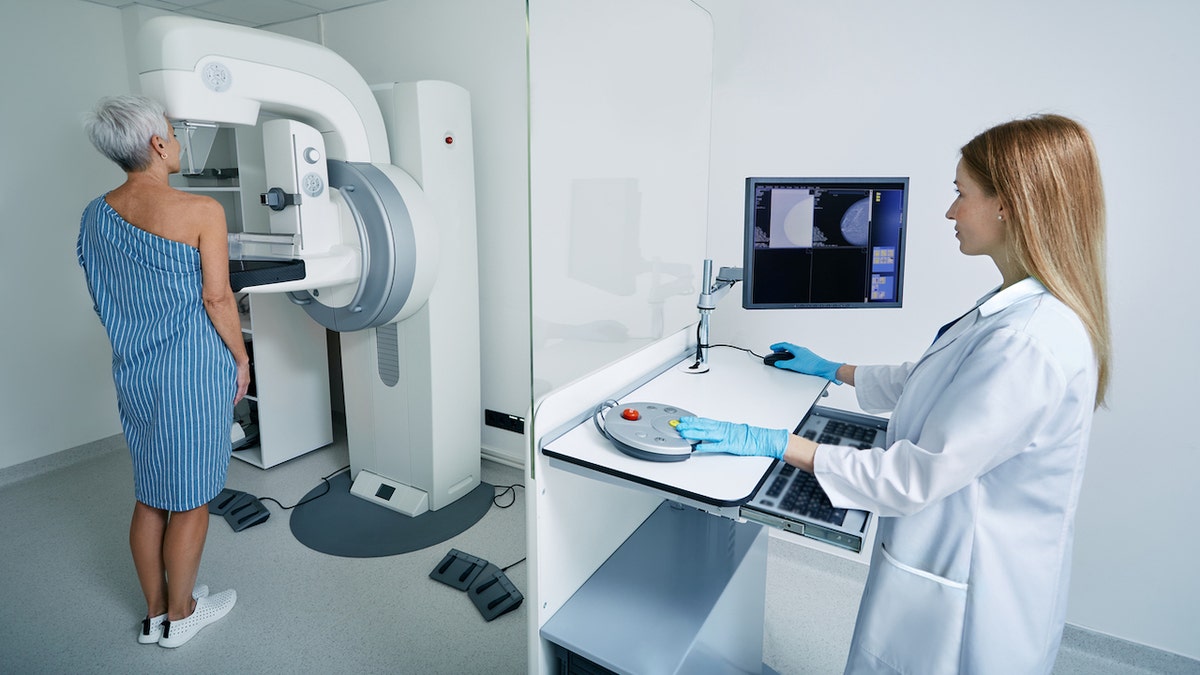
"While a standard mammogram is sufficient for nearly half of all women, many others will benefit from adding an ultrasound or MRI based on breast density and various other factors that may make someone higher risk," a doctor told Fox News Digital. (iStock)
"The largest drivers of increased risk include having a family history of breast cancer on either a mother or father’s side, having previous breast biopsies, and importantly, if any of those biopsies showed findings of atypical cells," Port said.
Other factors that are of lower added risk include age at onset of menstruation, the number of children a woman has had, and her age at first childbearing.
Potential limitations
There are some limitations to the BCRAT.
The tool is not accurate when it comes to estimating the risk in women who tested positive for the breast cancer-producing mutation in BRCA1 or BRCA2, those with a history of invasive or in situ breast cancer (in the milk ducts), and certain subgroups, according to the NCI.
CANCER CAUSES: THESE 10 HIDDEN CARCINOGENS CAN RAISE THE RISK, ACCORDING TO AN ONCOLOGY EXPERT
"If a woman knows she has a BRCA or other genetic mutation, then the breast cancer risk assessment is not really accurate," Oratz said in her statement to Fox News Digital.
"She should then discuss her cancer risk with her team of health care providers."
Although this tool may accurately estimate a woman’s chances of breast cancer, it does not determine whether she will actually develop the disease, the NCI stated.
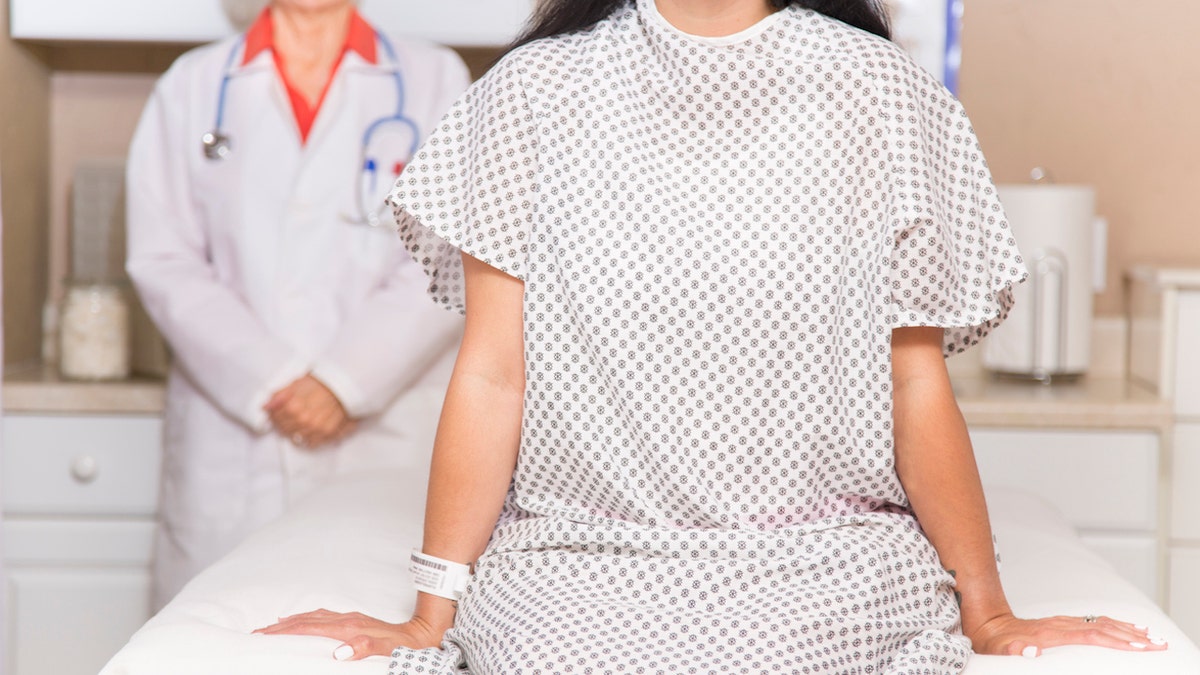
One in eight women will be diagnosed with breast cancer in their lifetime. (iStock)
BCRAT also underestimates risk in Black women who had previous biopsies and Hispanic women born outside the United States, the organization noted.
Risk estimates for American Indian/Alaska Native women are partly based on data for White women due to limited data for this demographic and may be inaccurate.
Further studies are needed, according to the Institute.
For women with a genetic mutation, the risk of getting breast cancer can be as high as 60% to 80%.
While all risk assessment tools have limitations, they can still play a role in cancer prevention, breast cancer specialists told Fox News Digital.
"These models can help identify women at increased risk, allowing for more personalized and tailored screening," Port said.
It is important for women to discuss risk assessment scores with a health care provider to determine next steps, Oratz added.
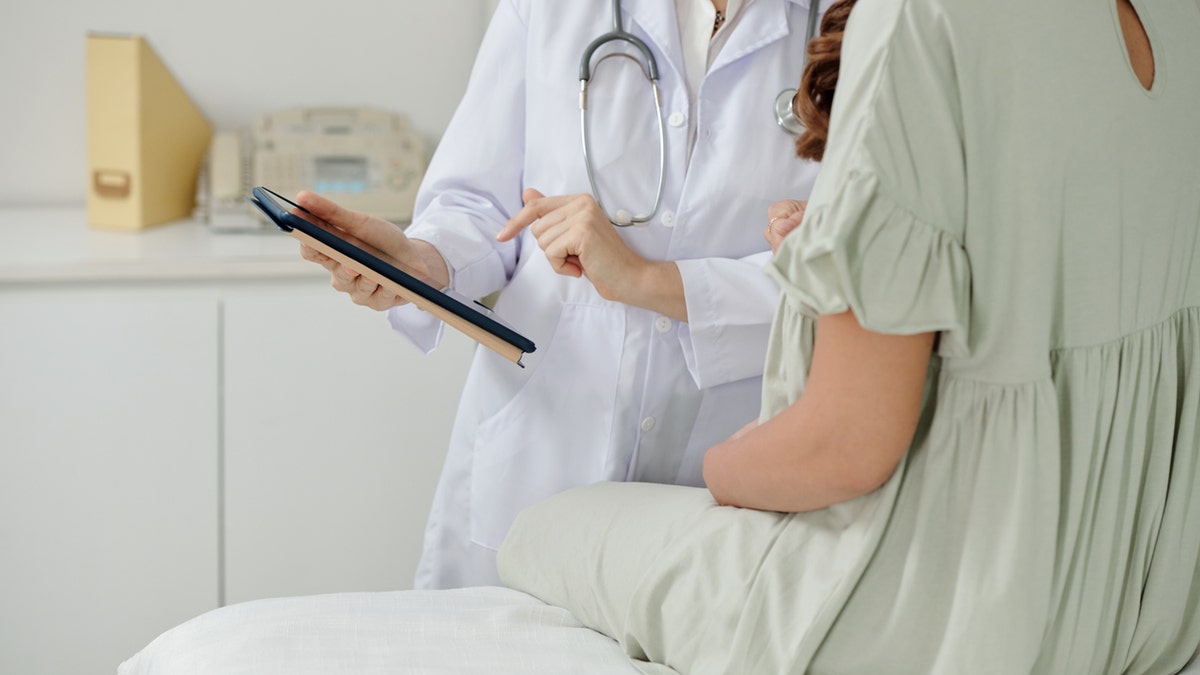
A five-year risk score of 1.67% or more is considered high-risk, and a health care provider may recommend certain medications to decrease the chances of developing cancer, according to Cleveland Clinic’s website. (iStock)
"If someone is at significantly increased risk of developing breast cancer, then she should review with her doctor consideration of recommendations for increased screening and surveillance," she said.
For women with genetic mutations that are very high risk, they should see a breast cancer specialist to discuss other options, she recommended.
Controllable factors
Depending on individual risk levels, there are steps a woman can take to help lower the possibility of developing breast cancer, health experts told Fox News Digital.

Eating a healthy diet and staying active can help reduce a woman's risk of breast cancer, experts agreed. (iStock)
"It is important to have a healthy body weight and not be overweight," Oratz said.
It is also important to eat a healthy diet that limits sugar, fat and alcohol.
"Alcohol is a significant risk factor for breast cancer," Oratz noted. "We recommend that women do not drink alcohol every day and have not more than one or two drinks on the days that they do drink."
CLICK HERE TO SIGN UP FOR OUR HEALTH NEWSLETTER
"Remaining physically fit with exercise and some weight training to maintain muscle mass and strength also contributes to general overall health," the expert added.
In some cases, medications may help lower the risk of breast cancer, but individuals should discuss this with their health care provider, according to Oratz.
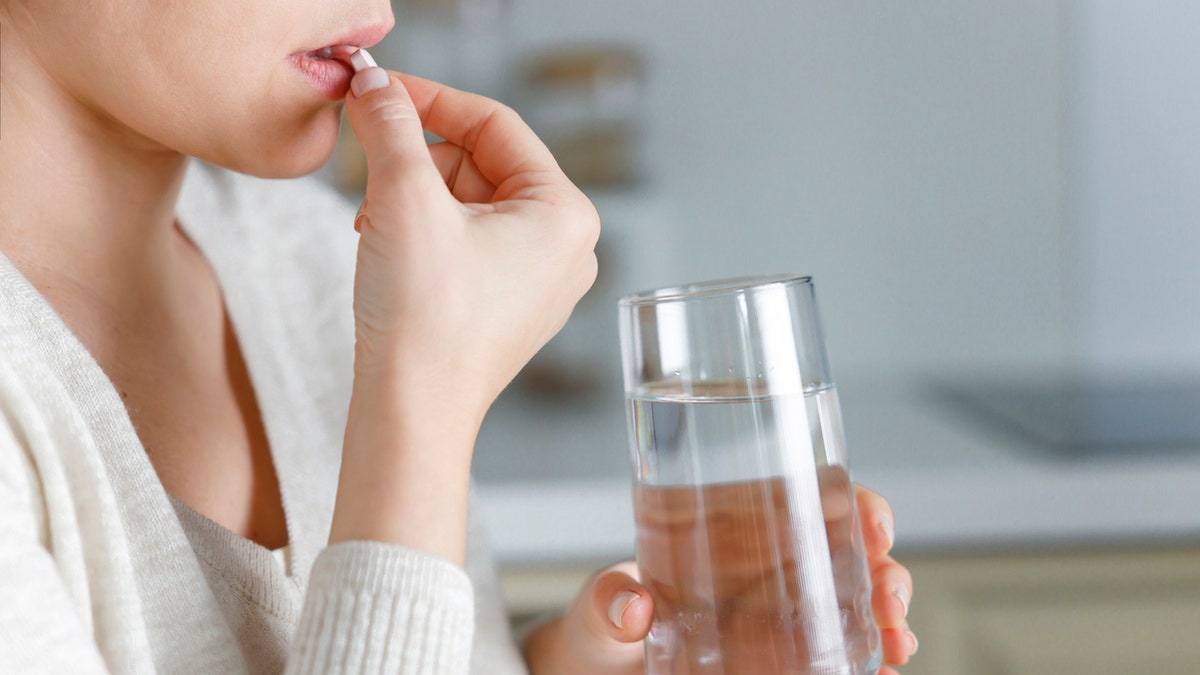
In some cases, medications may help lower the risk of breast cancer, but each individual should discuss this with a health care provider, an expert said. (iStock)
When it comes to assessing the risk of developing breast cancer, risk assessment scores can help health care providers come up with a plan for monitoring, diagnosis and early treatment, according to Cleveland Clinic’s website.
Cancer risk is not one size fits all, Saphier pointed out.
"Even though one in eight women will be diagnosed with breast cancer in their lifetime, there are many different types of breast cancer and they can occur at just about any age," she said.
CLICK HERE TO GET THE FOX NEWS APP
"After a breast cancer diagnosis, the risk of it returning never goes to zero, but early diagnosis and intervention give the option for less invasive treatments and the best chance of survival," she said.
"In Olivia Munn’s case, she has taken every action possible to see her son grow up."
Munn's son Malcolm was born in November 2021.

